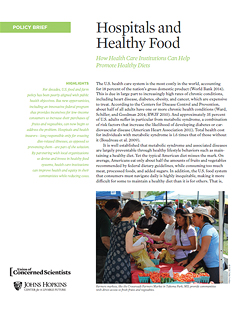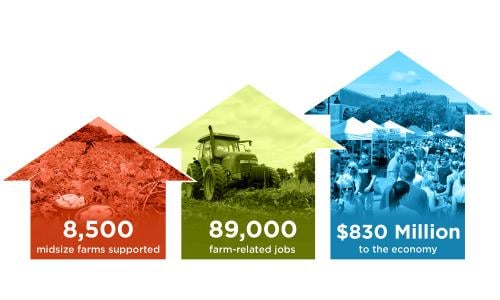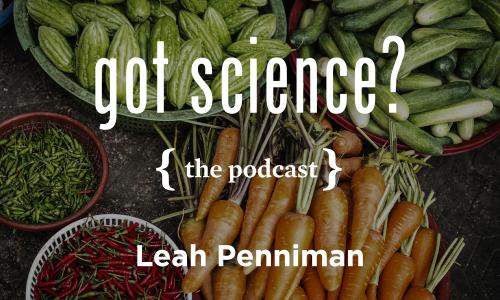The U.S. health care system is the most expensive in the world—and the way we eat has a lot to do with that.
Chronic metabolic diseases, such as diabetes and cardiovascular disease, are increasingly widespread and enormously costly to treat. Evidence shows that increasing our consumption of healthy foods such as fruits and vegetables can help prevent these diseases.
Yet the typical diet misses the mark: we eat too much meat, processed foods, and sugar, and only about half the amount of fruits and vegetables that federal dietary guidelines recommend.
Inequities in the U.S. food system make it especially challenging for low-income people to eat the kind of healthy diet that can reduce their risk of chronic illness. So improving community food environments could have a powerful positive impact on public health, saving both lives and dollars.
Bridging the food policy/health policy gap
U.S. food policy, embodied primarily in the Farm Bill, encourages production of commodity crops like corn and soybeans, which are used to produce the very processed foods that crowd out healthy food in the typical diet.
But the 2014 version of the Farm Bill includes some important new initiatives to improve health and nutrition. One of them, the Food Insecurity Nutrition Incentive (FINI), provides grants to community organizations seeking to increase healthy food purchases by low-income consumers. The grants provide a subsidy for shoppers using Supplemental Nutrition Assistance Program (SNAP) benefits to buy fruits and vegetables.
In order to apply for FINI funds, community organizations need to secure matching funding from other sources. And this is where hospitals come in.
Creating healthy food partnerships
FINI presents a strategic opportunity for community groups to collaborate with hospitals, health centers, and health insurers. For the community groups, financial support from the health organizations is a way to leverage resources. For the health organizations, providing this support is a way to form prevention-focused partnerships in the surrounding community. And the Affordable Care Act (ACA) provides a policy infrastructure that encourages such collaborations.
One of ACA's major priorities is cutting health care costs. And one of the ways ACA incentivizes cost-cutting is by providing tax breaks to hospitals that invest in "community benefit" initiatives.
Currently, most community-benefit expenditures by hospitals go to subsidizing patient care for uninsured patients. But the expansion of coverage under ACA is expected to reduce the percentage of uninsured patients, providing hospitals an opportunity to invest in prevention-oriented community health initiatives--such as FINI grants.
Expanding a growing movement
The synergy between healthy food initiatives like FINI and the community benefits requirements under ACA creates an unparalleled opportunity for health care institutions to expand patient access to healthy food. And for many of these institutions, FINI grant projects would fit right in with initiatives they are already pursuing, including:
- "farm-to-hospital" programs
- on-site farmers markets for patients and staff
- participation in local food policy councils (FPCs)
- ACA enrollment at food pantries
- "food prescription" programs that provide vouchers for fruits and vegetables
- health insurance discounts for healthy diets
Programs like FINI represent a growing understanding that food policy and health policy are inseparable. By embracing the opportunities that these programs present, hospitals and other health care institutions can make lasting improvements to community health and well-being.







